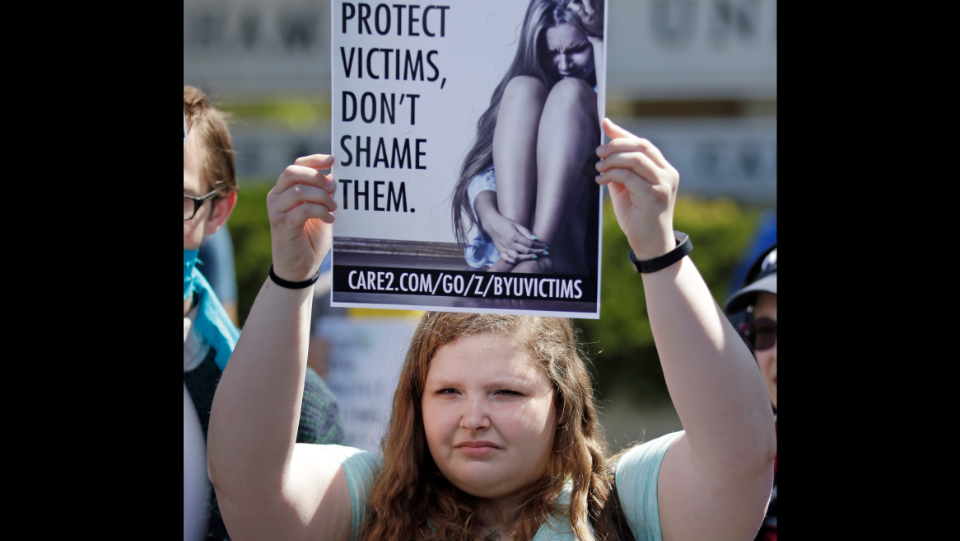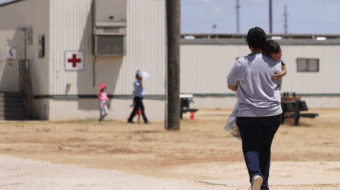
According to a recent study on emergency department visits for sexual assault, visits were 15 times higher (1,533%) in 2019 than in 2006 in the U.S. According to CNN, the total emergency department visits increased only 1.2 times over the same period. These findings drastically outpace the growth in law enforcement reports of sexual violence. Although reports to law enforcement did go up, they were merely a fraction of those seeking treatment.
The recently published study, which was conducted by researchers at the University of Michigan, found the cause for this increase to be a combination of population growth, the rise in social justice movements, and a change to the International Classification of Diseases (or ICD) code. Before 2015, the ninth revision of the code (ICD-9), there existed only one code for adult sexual assault. However, ICD-10, which was adopted at the end of 2015, includes codes for suspected sexual assault, confirmed sexual assault, and forced penetration.
It was also found that hospital admissions have been on the decline: Roughly 95% of those survivors are discharged from the department without hospital admission. Although it’s still unclear why that is, it’s all the more concerning considering the fraction of those who seek out care and treatment after an assault. One study published in 2012 found that only 21% of rape victims would seek care afterwards. Likewise, only 40% of assaults and rape were reported to law enforcement in 2017, which dropped to 25% in 2018. Rape incidents have also been increasing by 2.9% annually.
If the University of Michigan study is correct in concluding that rates have increased in part due to a broader awareness of sexual assault by health professionals and survivors alike, and yet those coming forward, seeking care, or reporting to law enforcement are but a fraction of that actual number of cases, then there is a much larger issue at hand—one that awareness alone cannot tackle.
When considering high-profile cases like Brock Turner—the Stanford student who was caught raping Channel Miller and then released from prison after serving only three months of his sixth-month sentence—and the anticipated humiliation of being doubted or having one’s own behavior questioned after an assault, it’s a wonder anyone comes forward at all.
On one side of the coin, we have this formal acknowledgement of the crimes, yet we don’t taking them seriously. In his Talking to Strangers, Malcolm Gladwell famously problematized the role alcohol played in the Brock Turner rape case above Turner’s behavior, let alone anything else.
Ex-Olympic gymnastics coach and convicted rapist Larry Nassar was sentenced to 40 to 175 years in federal prison for sexual assault charges alone; however, like with Jerry Sandusky before him, there were institutional suppressions of the crimes. From the universities and bosses that employed them to the FBI, both cases were fraught with examples of silencing those who came forward.
On the other side of the coin, we have this gap between the law and the crime where, effectively, the acts of assault and rape are illegal, but invoking the law—i.e. accusing and holding the rapist accountable—is held at an impossible distance from the survivor. In many cases, law enforcement tends to question the victim on their behavior rather than the perpetrator, thus preventing the law from being used. Slavoj Žižek refers to this prevention as the “prohibiting of the prohibition.”
With higher incidents of sexual assault year over year, we’re left to wonder if the law—or any institution—will catch up.
Dr. M. Colleen McDaniel, a domestic and sexual violence prevention specialist and researcher, has focused a lot of her work in the area of skill-based prevention. McDaniel spoke to People’s World on skill-based prevention, the prevalence of domestic and sexual violence today, and the role ideologies play in this area.
“In traditional forms of prevention, we tend to focus on the negative. We tend to say things like ‘don’t do this, don’t act in these ways…just ask for consent and you’re good to go.’ But we don’t focus on the good things that they’re supposed to do and what those healthy behaviors are,” McDaniel explained.
“There aren’t media examples for this; there aren’t pop songs or movies about how to properly communicate. Skill-based prevention is about giving people the tools and tangible skills that they need to create healthy sexuality.”
For McDaniel, and other specialists like her, these skills are a much-needed change of pace for how we think about interpersonal relationships. They also serve a demand that we either aren’t fully aware of or simply don’t talk about.
“We have this idea in psychology called ‘sexual scripts’ that we follow. In the ‘traditional,’ heterosexual script, the man is just supposed to go for it, the woman plays coy, and then he is supposed to convince her to keep going,” McDaniel said.
“Skill-based prevention means considering what talking about consent looks like within the context of a sexual encounter, how do you talk and learn about the things you like, etc.
“For healthy relationships, it’s about communication and learning emotion regulation,” added McDaniel. “If you can’t control your anger, if you can’t take a deep breath and walk away from the conversation, you’re likely to engage in these extreme forms of self-expression which can result in abusive behavior.”
Indeed, the problem is hardly an individual one. External factors, such as the political climate and communal views on violence, play all-too-important roles as well.
When considering the impact of these factors on people, McDaniel considers looking at the community’s role in a person’s life: “What are the social norms in your community, how do people respond to violence—does your community say ‘violence doesn’t happen here,’ or are they aware that it is just as prevalent there as it is elsewhere in the world?”
“Then you have the societal level. If there is a policy, say on gun rights—gun ownership predicts lethality in domestic violence—we can look directly at how the victims we’re working with will be impacted. We can also look at what narrative this gives to people who are at risk to perpetrate,” adds McDaniel. “It’s less so about the party people align with and more so about the norms that are getting created.”
Whether at the institutional or the personal level, these dominant ideologies and norms need to be challenged in order for us to take violence more seriously. According to McDaniel, “A less constructivist view of gender really emphasizes power and dominance, and it’s this, in any form, that leads to violence. It could be gender, but it could also be socio-economic status, it could be ability, it could be transitioning status. It’s different because the risk factors we need to look at are different.”
When considering the role of power in relationships, one example that stands out is financial dependence. Financial dependence tends to be the result of one’s market-worth based on racial, gender, and class factors—i.e. the types of jobs and wages available to someone—on the one hand, and if financial independence is even (ideologically) available to that person on the other.
This latter point can be illustrated in examples of gender roles where women are expected to do all the housework and child-rearing, and thus shouldn’t have jobs; or in racist housing practices like redlining or mortgage lending discrimination; or in vacation hotspots where the cost of living is incredibly high but the majority of workers are in the service and hospitality industries.
These examples are certainly structural, but are also practiced—and go unquestioned—on the micro level by individuals and smaller businesses, less because they benefit from these practices and more because of a perceived necessity or authority to them.
It should come as no surprise that occurrences of sexual violence are more likely to happen to people “less valued” and marginalized in this country. According to the University of Michigan study on sexual assault, most emergency room visits during the time frame studied were made by young, female, and low-income survivors. Not to mention that Native American and Black women tend to be the most likely to experience rape.
When considering the rise of politically charged violence against women, as well as trans and queer people, coming from groups like involuntary celibates—or “incels”—and the Proud Boys, the roles of an indifferent law enforcement and fledgling healthcare system are all the more concerning. However, we aren’t simply left wondering what can be done. Part of the solution, according to McDaniel, is education.
“First of all, we have to have gender equity conversations well before the age of 18, and it needs to happen throughout the lifespan. It needs to come from role models who are of the same gender, mostly men,” argued McDaniel. “When that happens, you begin to unpack social norms, you gain that self-efficacy so you can say, ‘I can stand up when I see violence happening.’”
The other part of the answer situates this education, as well as the overall issue of violence, strictly within the political, requiring advocacy and policy. “We need people in the streets, we need that to get the momentum going, but we need policy above all else. It takes a lot of power to do policy, but ultimately you need to work within the system you have in order to mirror what people are demanding.”










